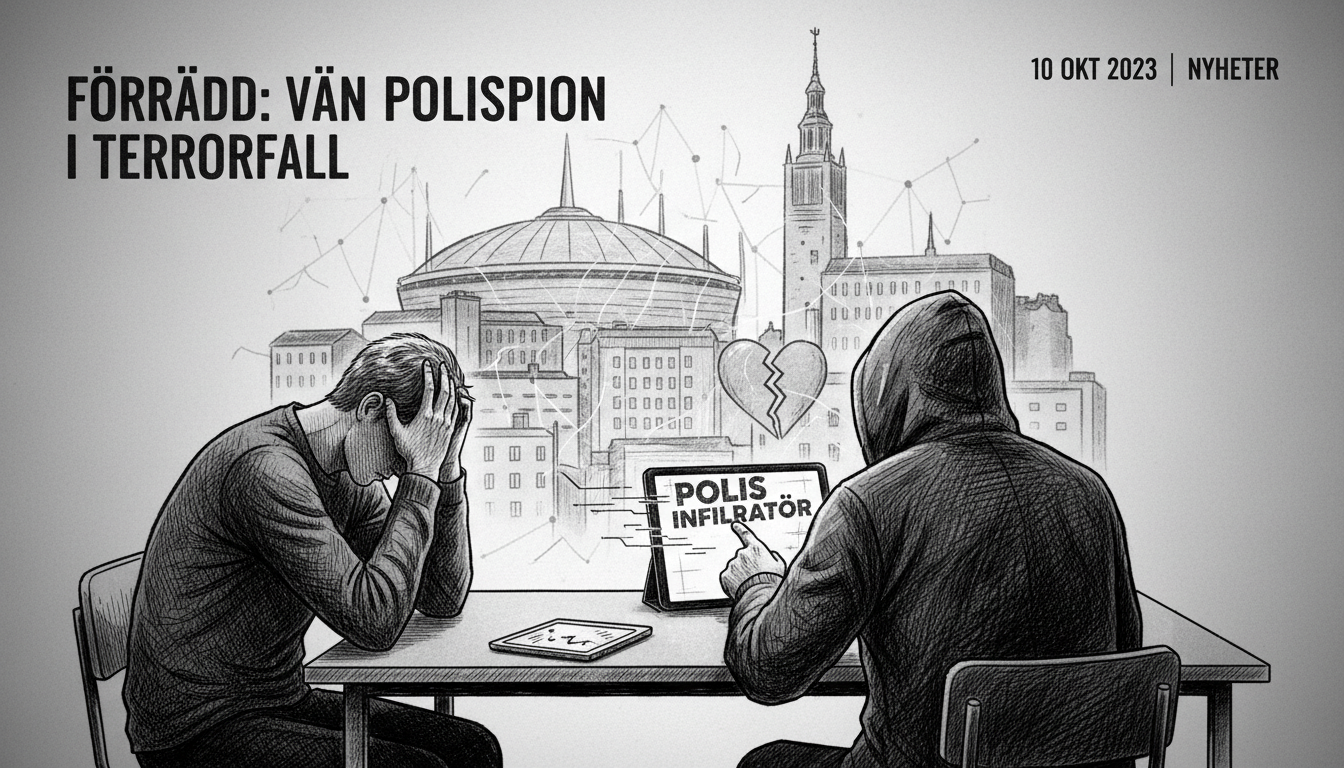A terror investigation in southern Sweden has revealed disturbing details about a young man's path toward violent extremism. The 18-year-old suspect lived in a supervised housing facility in Skåne during the autumn months, where staff described him as lost and searching for belonging. He reportedly spent most of his time with facility workers while developing increasingly radical views.
Authorities describe the teenager as a self-radicalized young man with clear violent Islamist sympathies. Evidence shows he displayed a black and white Al-Qaeda flag in his room at the residential facility. During the autumn and winter period, investigators believe his plans for a terrorist attack began taking concrete shape.
Police documents reveal the suspect used artificial intelligence tools to identify potential targets. He specifically mentioned Stockholm's annual culture festival in Kungsträdgården as a potential location. In chat conversations, he wrote about causing massive sorrow and becoming a global talking point. The festival typically attracts nearly two million visitors each summer.
After the new year, the investigation indicates the teenager began actively preparing for an attack. He purchased ingredients for explosives while unaware that police had launched an undercover operation against him. A police infiltrator had established contact with the young man, posing as a like-minded individual.
In February, the suspect traveled to Stockholm and failed to return to his residential facility. Staff expressed concern in text messages, even including heart emojis in their communications. The housing facility reported him missing when he didn't return.
The turning point came when the teenager visited the potential attack site in Kungsträdgården with the undercover police operative. Authorities arrested him nearby without incident. Police reports note the suspect remained silent during transport to custody.
During interrogations, the young man denied any criminal activity. He claimed he had simply visited a friend in Stockholm. When investigators revealed his friend was actually a police operative, the suspect laughed and stated they already knew the answers. He later claimed to have no memory of his Stockholm trip or recent life events.
This case highlights Sweden's ongoing challenges with lone-wolf radicalization and demonstrates how authorities are using sophisticated surveillance methods to prevent terrorist attacks. The use of undercover operatives represents an increasingly common approach in counter-terrorism operations across Nordic countries.
The incident raises questions about radicalization processes among young people in institutional care settings. It also shows how artificial intelligence tools can be misused for terrorist planning purposes. Swedish authorities continue to monitor similar cases where individuals self-radicalize through online content while maintaining minimal contact with established terrorist networks.
Legal experts note that Sweden's terrorism laws have been strengthened in recent years to address exactly this type of threat. The case will likely proceed through Sweden's specialized terrorism court system, where evidence from undercover operations often plays a crucial role.

